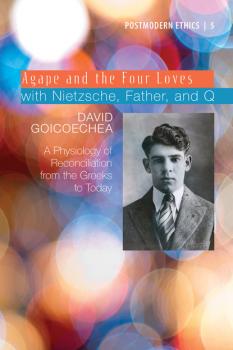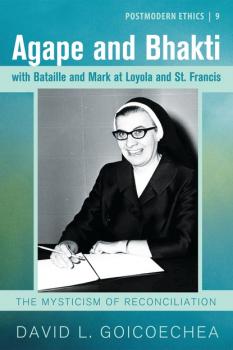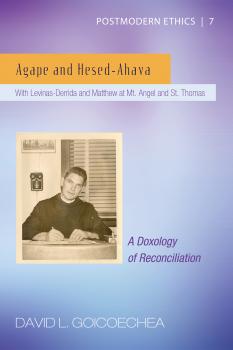ТОП просматриваемых книг сайта:
Postmodern Ethics
Скачать книги из серии Postmodern EthicsАннотация
Аннотация
Информация о книге
Автор произведения Mikkel Thorup
Жанр Документальная литература
Серия Postmodern Ethics
Аннотация
This collection of essays from world-renowned scholars seeks to illuminate the difficulties inherent in this seemingly contradictory pair of influences. With his trademark wit and humor, Caputo responds to his interlocutors while clarifying his position on numerous matters of interest to the church and in the academy. In addition to dealing with the concern for issues of hermeneutics, phenomenology, and negative theology for which Caputo has become famous, these essays also evaluate Caputo's legacy in fields previously not thought to be affected by his «deconstructive» version of religion: feminism, sacramental theology, Analytic philosophy of religion, and Christology.
Аннотация
Аннотация
Аннотация
Информация о книге
Автор произведения David L. Goicoechea
Жанр Религия: прочее
Серия Postmodern Ethics
Аннотация
Agape and Bhakti with Bataille and Mark at Loyola and St. Francis - David L. Goicoechea
Postmodern EthicsАннотация
Информация о книге
Автор произведения David L. Goicoechea
Жанр Религия: прочее
Серия Postmodern Ethics
Аннотация
Информация о книге
Автор произведения David L. Goicoechea
Жанр Религия: прочее
Серия Postmodern Ethics
Аннотация
Информация о книге
Автор произведения David L. Goicoechea
Жанр Религия: прочее
Серия Postmodern Ethics










